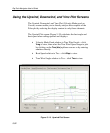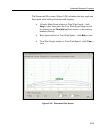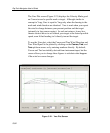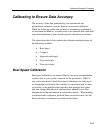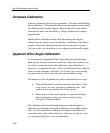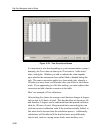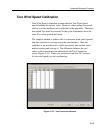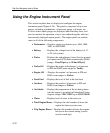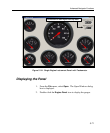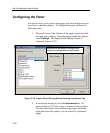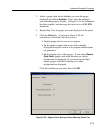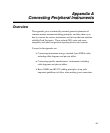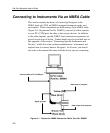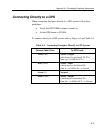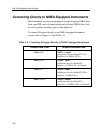
RayTech Navigator User’s Guide
5-70
Using the Engine Instrument Panel
This section explains how to display and configure the engine
instrument panel (Figure 5-24). The panel is composed of up to ten
gauges, including a tachometer, oil pressure gauge, volt meter, etc.
You can select which gauges are displayed and what they show, and
you can monitor the operation of up to two onboard engines with two
concurrently displayed engine panels. The engine panel can contain
some or all of the following components:
• Tachometer – Displays engine revolutions up to 1800, 3000,
4000, or 6000 RPM.
• Battery – Displays the voltage level of the battery for 12-
or 24-volt systems.
• Turbo – Displays the turbocharger’s boost level in pounds-
per-square-inch (PSI) and barometrically (BAR)
[range: 2 bar/28 psi up to 30 bar/435 psi].
• Turbo Oil – Displays the engine turbocharger’s oil pressure
in PSI and BAR (same ranges as Turbo).
• Engine Oil – Displays the engine’s oil pressure in PSI and
BAR (same ranges as Turbo).
• Tank Fuel – Displays the level of fuel in the fuel tank.
• Gearbox – Displays the gearbox oil pressure in PSI and
BAR (same ranges as Turbo).
• Air Intake – Displays the temperature of the air being drawn
into the engine’s air intake in Fahrenheit/Celsius
degrees (range: 120 C/250 F up to 150 C/300 F).
• Water – Displays level of water in the reservoir.
• Total Engine Hours – Displays the total number of hours the
engine has been run since new.
• Trip Engine Hours – Displays the number of hours the engine
has run on the current outing (can be
reset for each trip).



